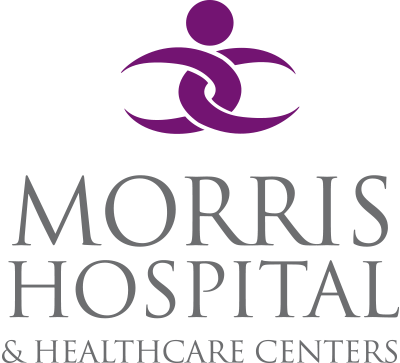Unique treatment takes the pain out of chronic migraine
 When people hear the term “Botox injections,” the most common association that comes to mind is of wrinkle-free faces in Hollywood. But Dr. Isaac Mezo, neurologist with the Morris Hospital Neurology Specialists, has long been advocating its usefulness in medicine.
When people hear the term “Botox injections,” the most common association that comes to mind is of wrinkle-free faces in Hollywood. But Dr. Isaac Mezo, neurologist with the Morris Hospital Neurology Specialists, has long been advocating its usefulness in medicine.
“Botox is not just for wrinkles,” says Dr. Mezo. “It is an amazing medicine that has multiple uses even beyond neurology. It has become so widely used because it doesn’t really have the side effects that other medications do.”
Botox, also referred to as Onabotulinum A, is a form of botulinum toxin – a neurotoxin produced by the bacteria that causes botulism. When purified and used in tiny doses, it is able to reduce muscle contractions for about three months.
Since 2013, Dr. Mezo has successfully treated scores of patients suffering from chronic migraine using Botox injections with the goal of preventing, reducing and potentially stopping the migraines altogether.
It is estimated that more than 38 million people suffer from migraines or other disorders that cause severe headache. Of those, more than 4 million adults experience chronic migraine, which is defined as at least 15 or more migraine days in a month.
Approved by the FDA for treatment of chronic migraines, Botox is classified as an interventional headache procedure for the prevention of headaches. The treatment involves injections just under the skin with a very small needle in multiple areas around the head, neck and shoulders every 12 weeks.
 Patients usually experience noticeable migraine relief with Botox by the second or third treatment, according to Dr. Mezo.
Patients usually experience noticeable migraine relief with Botox by the second or third treatment, according to Dr. Mezo.
“Every time the patient gets a treatment, the migraines will get less and less frequent to the point that they will hopefully disappear,” he says. “But Botox will not stop a migraine right at that moment like a Tylenol. The goal is to prevent migraines from occurring.”
Most patients have no side effects to the Botox injections, Dr. Mezo says. If they do have side effects, the most common one is neck soreness for about a week after the treatment.
Some patients who continue the treatments for two to three years eventually discover the migraines do not return. That’s why Dr. Mezo recommends patients commit to the treatment for at least two years.
While Botox isn’t the only form of treatment used for people who suffer migraines, he says the success rate of treating migraines with Botox injections has been extraordinary.
“It’s extremely successful,” Dr. Mezo says. “Since the day I started using this treatment, I can count in one hand the number of patients who did not get any efficacy with Botox injections. It’s the most effective treatment out there for chronic migraine.”
If you suffer from headaches, migraines or chronic migraines, call the Morris Hospital Neurology Specialists at 815-942-4506 (Morris) or 815-467-0555 (Channahon). For office hours or more information, visit www.morrishospital.org/neurology.




